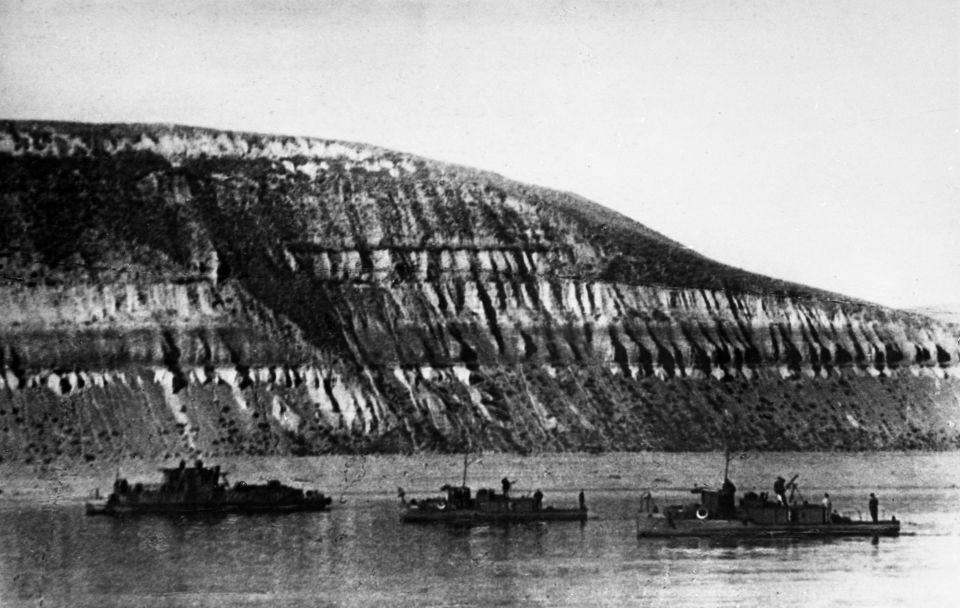On 5 June 1946, sea traffic and safe passage for ships and vessels across the Gulf of Finland was fully restored. On the same day the Leningrad seaport was fully opened and the passage along the Great shipping lane on the Kronstadt - Tallinn-Helsinki line was finally cleared of mines.
During the war thousands of mines were put in the Gulf of Finland; they were set by warships, aircrafts and even by cruise liners. The mines were connected with chains; firecrackers and other devices were installed near them to hinder mine clearance.
Back in January 1943, the Military Council of the Leningrad Front decided to start the construction of minesweepers, but electricity and the supply of materials were frequently interrupted in the besieged city. There was also a lack of specialists. The design bureau of the Baltic Shipyard under the leadership of Sergei Bazilevsky developed a project for a small minesweeper No. 253, taking into account the blockade conditions. As its capacity was 100 tons, it was nicknamed "stotonnik" (the 100-ton vessel). Minesweepers were built at Sudomekh, Baltic Plant, Petro Zavod, and - after the blockade - at the Ust-Izhora shipyard. These are what became the main means of breaking the city’s naval mining blockade.
Mine clearing work began in the Gulf of Finland in the autumn of 1944. In total, there were 67,000 unexploded mines, shells and bombs in the gulf, consisting of several million tons of explosives. The work was finished only by the beginning of June 1946. That year, four divisions of minesweepers carried out mine clearance. The clearance work resulted in the loss of 130 minesweepers and more than 5,000 sailors in 1944. Estonian waters were cleared of mines by the beginning of the Sixties.
On 12 October 2005, the Legislative Assembly of St Petersburg issued the Law of St Petersburg No N555-78, dated 25 October 2005, "On Holidays and Memorable Dates in St. Petersburg" declaring 5 June a memorable date - The Day the Naval Mining Blockade of Leningrad was Broken.
Source: Official website of the Administration of St. Petersburg
























